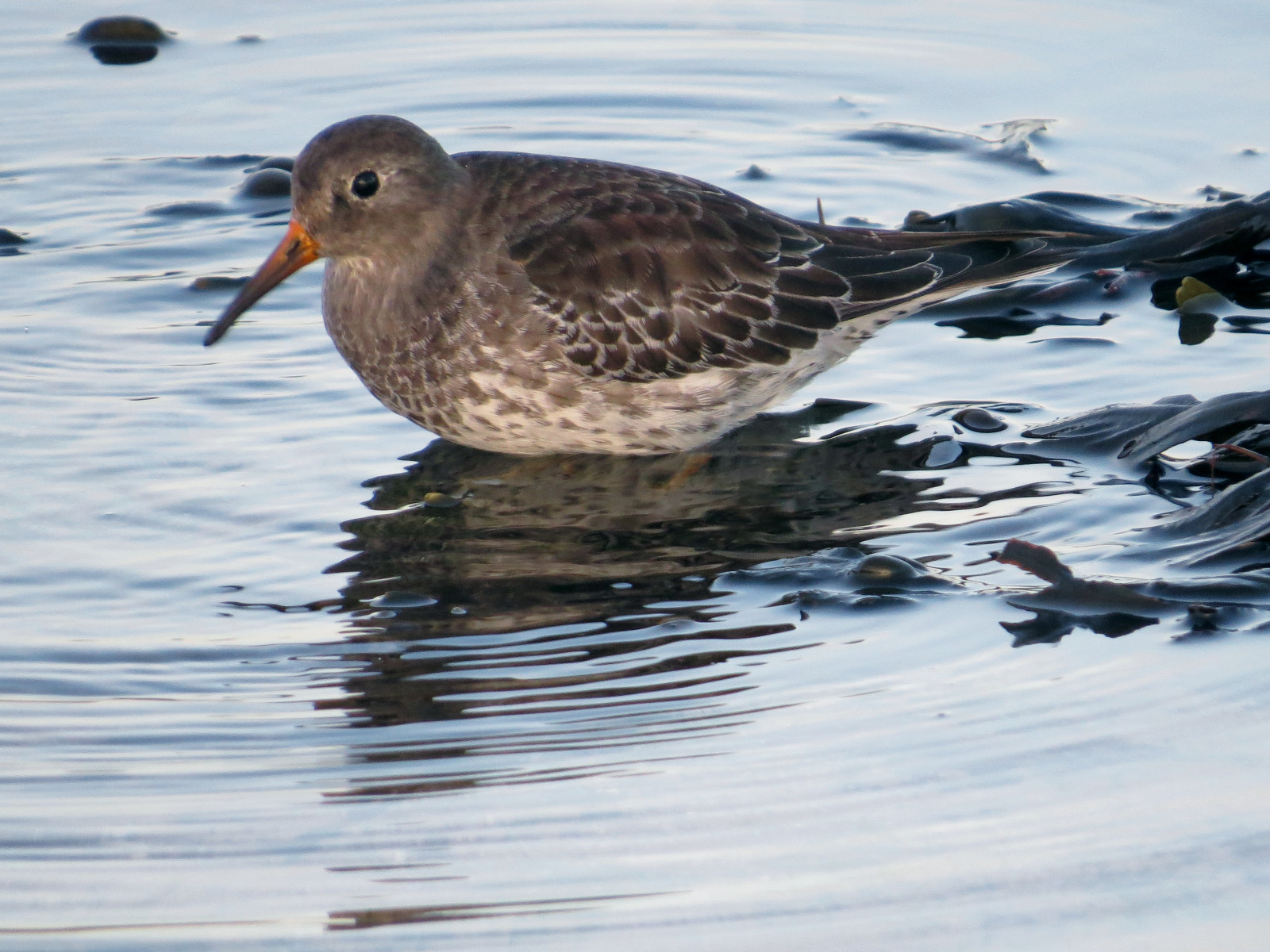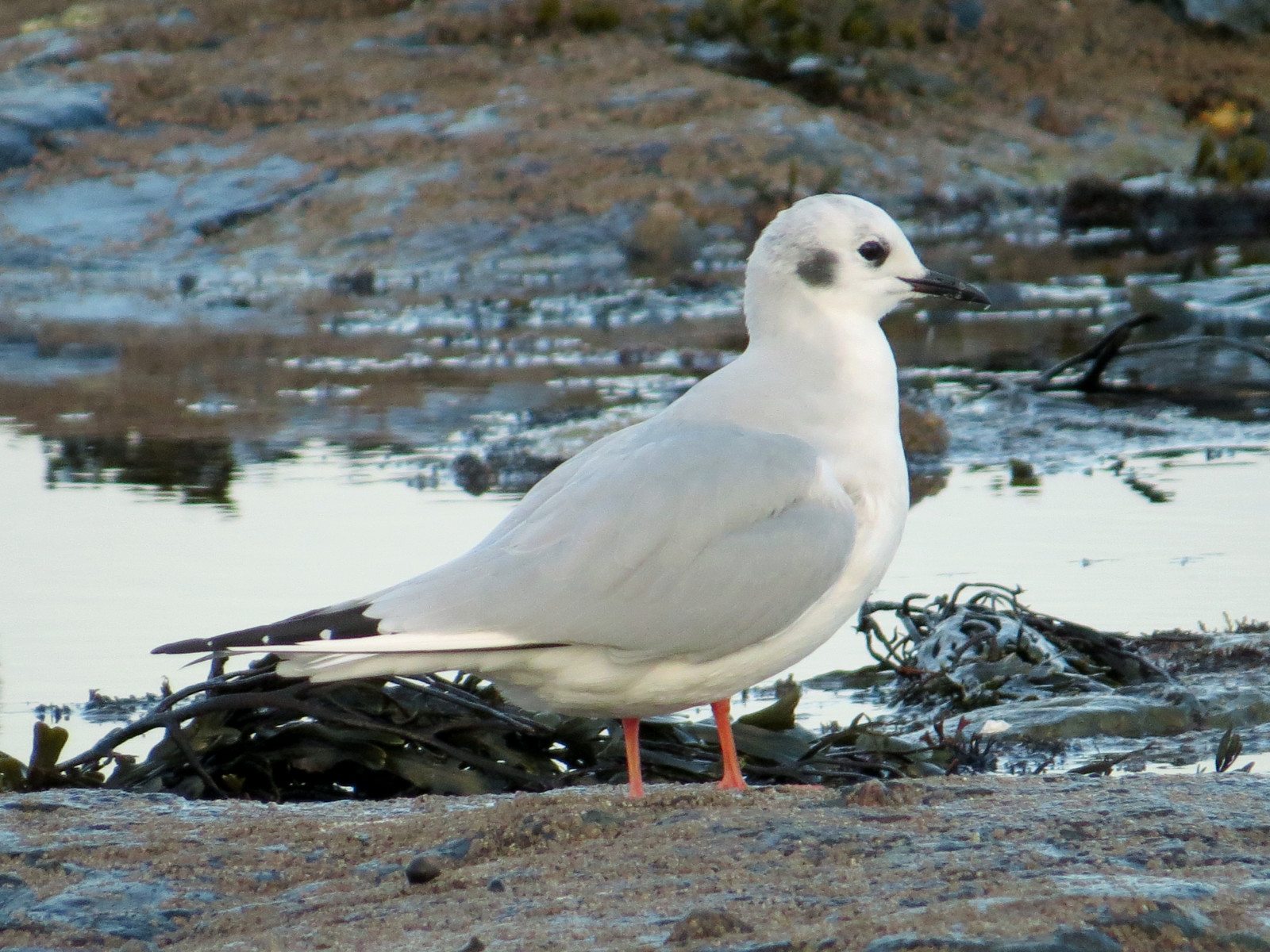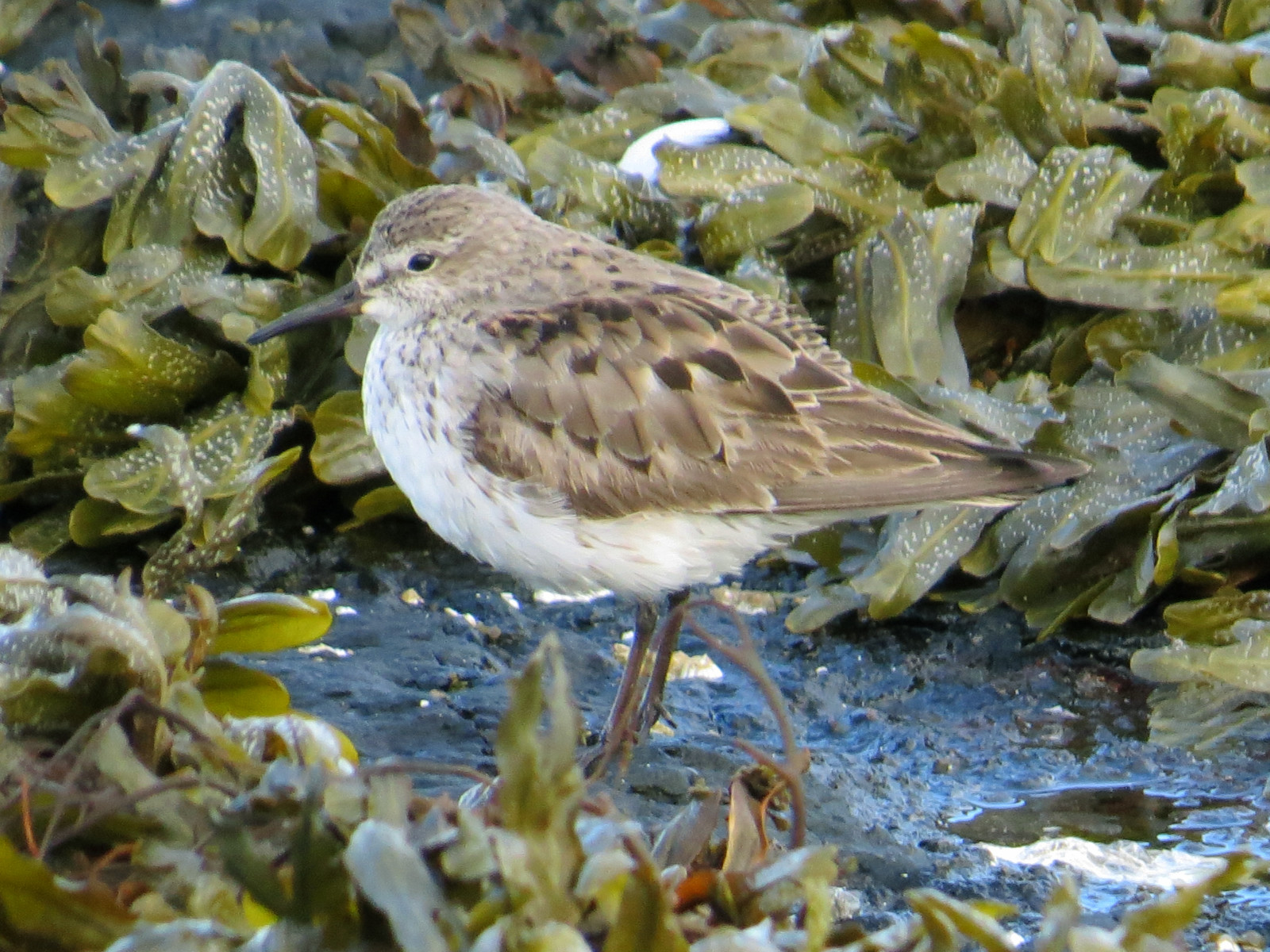Descripción
In Bamburgh wintering waders and sea ducks are a speciality, best seen from Stag Rocks, a low rocky promontory 1 km northwest of the village. Regular sightings include Negrón común, Negrón especulado, Pato Havelda, Colimbo Grande, and Zampullín Cuellirrojo. A large flock of Correlimos Oscuro is also regular there, and single vagrant Negrón americano and Gaviota de Bonaparte have been returning visitors in late autumn and winter for the last 12 years (the Gaviota de Bonaparte has returned for its 12th season in October 2024). Sea-watching is also excellent, for ducks, gulls and divers in particular. Another 2 km further on is the tidal Budle Bay, attracting wintering waders and wildfowl. In winter the fields surrounding Budle Bay attract wildfowl, especially Ánsar piquicorto, Barnacla Cariblanca, and Cisne Cantor. Raptors and owls are seen regularly.
Detalles
Accesso
Main car parking at east end of village, with smaller parking available off lane west, towards Bamburgh Golf Club. Parking for Budle Bay is at Waren Mill, on the B1342. Bamburgh is accessible by bus - services X18 (Newcastle to Berwick, via a coastal route) and 418 (Alnwick to Belford). Nearest rail station is at Berwick, 20km north, from where it is possible to cycle, but advisable to avoid using the A1 trunk road.
When using the coastal public footpath north from Stag Rocks, beware of golf balls; keep an eye out for golfers and respect their play.
Terreno y habitat
Árboles y arbustos dispersos , Pradera , Mar , Dunas , Playa , Pisos de barroCondiciones
Plano , Paisaje abierto , Nivel del agua alto probable , Arenoso , RocosoCamino circular
No¿Se necesita telescopio?
SíBuena época para el avistamiento de aves
Todo el añoMejor momento para visitar
Invierno , Migración de primavera , OtoñoRuta
Camino estrecho , Camino ancho , Camino pavimentado , Camino sin asfaltarCamino difícil de andar
Caminata mediaAccesible vía
Bicicleta , Coche , A pieEscondite de observación / plataforma
NoInformación extra
The name Stag Rocks derives from a white painting of a stag on the rocks just above the high water mark, southeast of the lighthouse.



